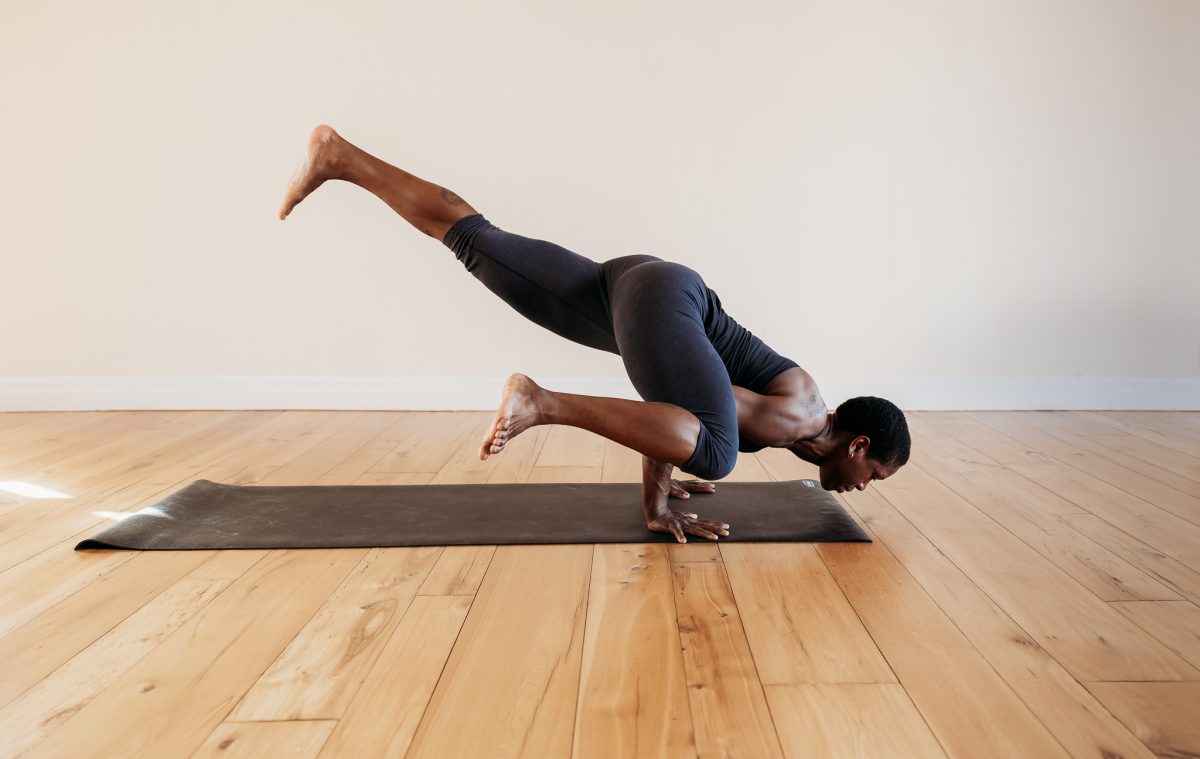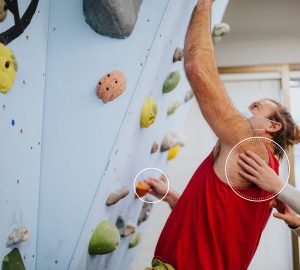Yoga has evolved into various styles and forms, each offering unique benefits to practitioners. Among the dynamic yoga styles, Power Yoga, Ashtanga, and Vinyasa are some of the most popular.
While these styles share similarities, they also have distinct characteristics that set them apart. This article’ll explore the key differences between Power Yoga, Ashtanga, and Vinyasa, helping you choose the practice that aligns with your fitness goals and preferences.
Power Yoga
Power Yoga, often referred to as “gym yoga,” is a modern, high-intensity yoga style that combines traditional yoga poses with elements of fitness training. Developed in the 1990s, it was influenced by Ashtanga yoga but offers more flexibility in the sequence of poses. Key features of Power Yoga include:
Dynamic Flow: Power Yoga is characterized by a fast-paced, continuous flow of poses. This dynamic movement helps build strength, improve flexibility, and increase endurance.
Strength and Endurance: Expect a focus on strength-building postures and repetitive movements to challenge your muscles and cardiovascular system.
Customizable: Instructors are often free to design their own sequences, so classes can vary widely depending on the instructor’s style.
Sweat and Burn: Power Yoga classes are known for their ability to make you sweat and burn calories, making it an excellent choice for those seeking weight loss and muscle toning.
Ashtanga Yoga
Ashtanga Yoga is a traditional and structured yoga style that follows a specific sequence of postures and focuses on breath synchronization. Developed by K. Pattabhi Jois, Ashtanga is known for its discipline and intensity. Key features of Ashtanga Yoga include:
- Set Sequence: Ashtanga has a predetermined series of poses that students follow, ensuring a consistent practice every time.
- Vinyasa and Breath: Each movement is linked with a specific breath pattern called “vinyasa,” promoting a deep connection between breath and movement.
- Progressive Levels: Ashtanga has different series (Primary, Intermediate, Advanced) that students progress through as they become more proficient, making it suitable for those who seek a structured and challenging practice.
- Mysore Style: In traditional Ashtanga classes, students practice independently within a group setting, receiving individualized guidance and adjustments from the instructor.
Vinyasa Yoga
Vinyasa Yoga is known for its creative and fluid sequences, emphasizing the synchronicity of breath and movement. Vinyasa is versatile and can be adapted to suit various skill levels and preferences. Key features of Vinyasa Yoga include:
- Flowing Sequences: Vinyasa classes feature a continuous flow of postures, with each movement linked to a breath, creating a dynamic and graceful practice.
- Variety: Vinyasa allows for a wide range of poses and sequences, making it accessible to both beginners and experienced yogis.
- Breath Awareness: The emphasis on breath control helps cultivate mindfulness and inner peace during practice.
- Adaptability: Vinyasa is often considered the most adaptable of the three styles, making it suitable for those looking to explore different aspects of yoga.
In summary, while Power Yoga, Ashtanga, and Vinyasa all offer incredible physical and mental benefits, they cater to different preferences and goals. Power Yoga is intense and fitness-focused, Ashtanga is disciplined and structured, and Vinyasa is fluid and adaptable.
If you’re interested in diving deeper into any of these styles or even becoming a certified yoga instructor, then reading a comprehensive yoga certification guide can help you on your journey. It will provide you with valuable insights into the world of yoga and help you choose the path that resonates most with your yoga journey. Ultimately, the best style for you is the one that aligns with your fitness goals, personality, and preferences, so feel free to explore and find your perfect fit on the mat.









